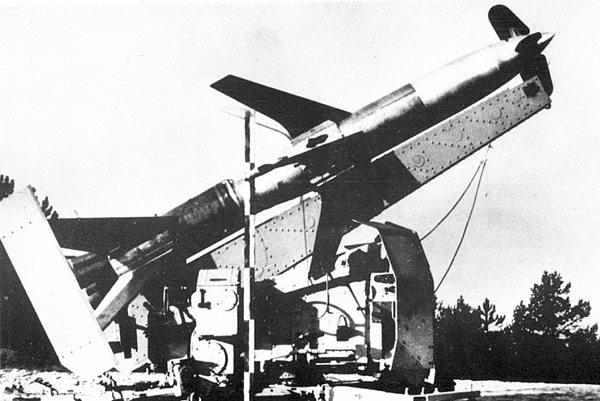

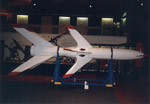 |
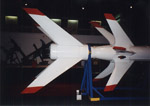 |
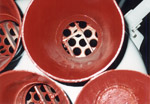 |
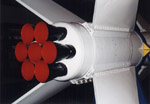 |
 |
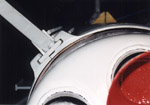 |
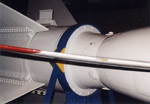 |
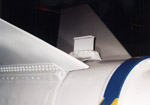 |
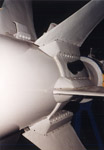 |
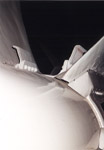 |
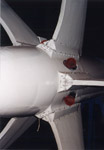 |
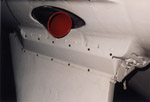 |
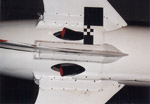 |
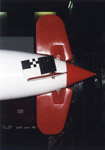 |
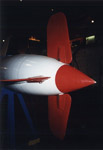 |
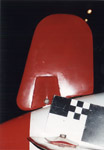 |
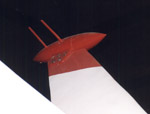 |
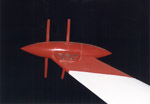 |
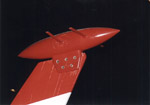 |
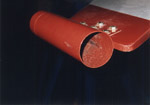 |
Rheintochter Surface to Air Missile
Web site by: Phil
Broad
The Rheintochter surface to air missile was first ordered by the German Army in November of 1942 as a way of reinforcing anti-aircraft batteries across Germany. Built as a two stage rocket with solid propellants, the top stage contained the warhead at the rear and guidance control fins at the front. Its flight was controlled remotely by an operator on the ground and it used flares placed in the "tip pods" to help visualize its flight path. Warhead detonation was also commanded by signals from the ground. Designated "R1", Rheintochters made 82 test firings between August 1943 and December 1944 before the project was canceled. An air launched version was also designed which would have used a smaller liquid rocket propulsion system but this too was canceled after only 6 test launches. Although promising, the Rheintochter would require time to develop that Germany just didn't have so materials and labor were transferred to other projects which were closer to production. This example is seen at the U.S. Army Proving Grounds Museum at Aberdeen Maryland.
NOTE: The photographers scale seen in many of these photos is 6 x 12 inches in size.
Please contact me if you have comments about these images or corrections to the information presented here via E-Mail.